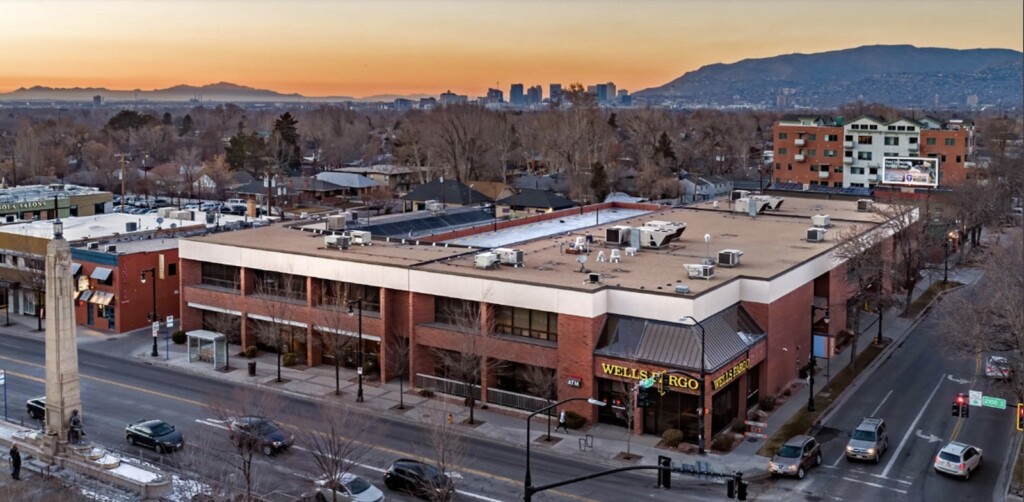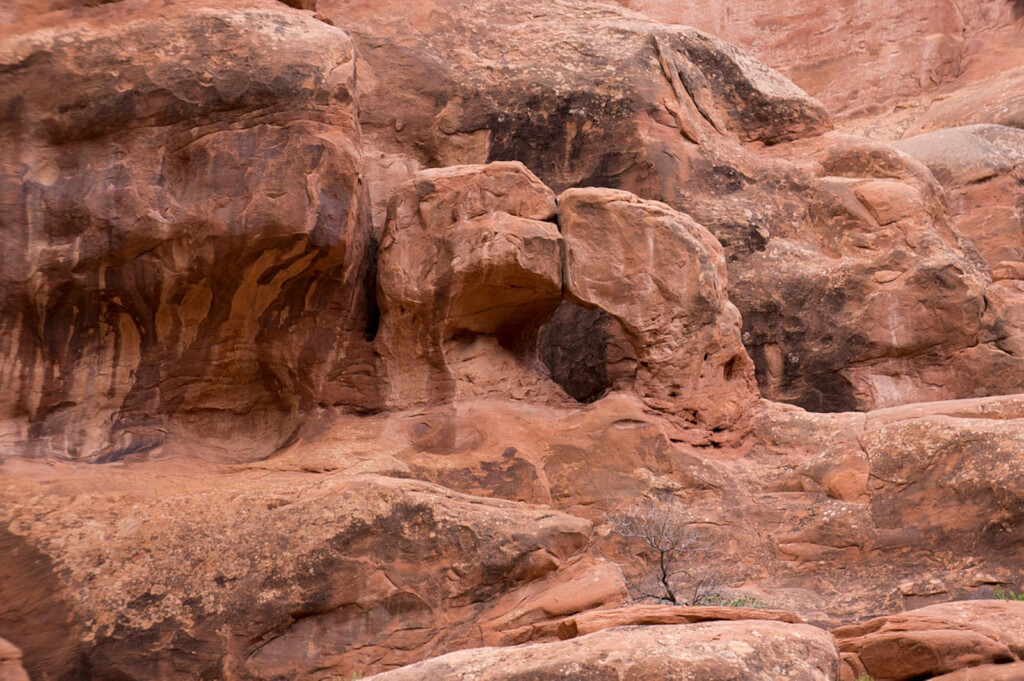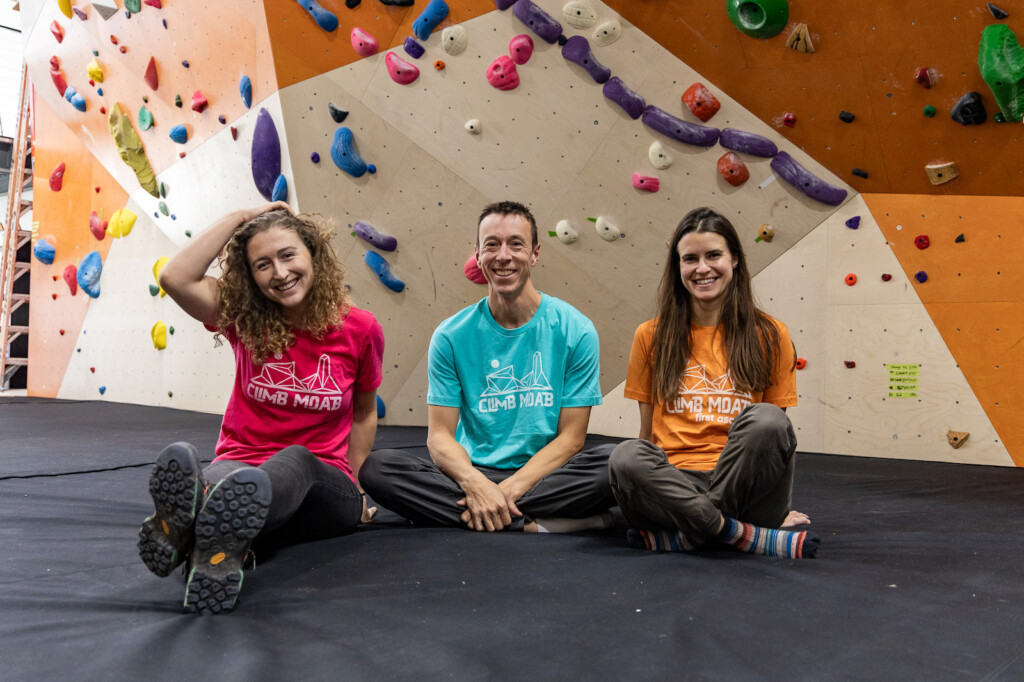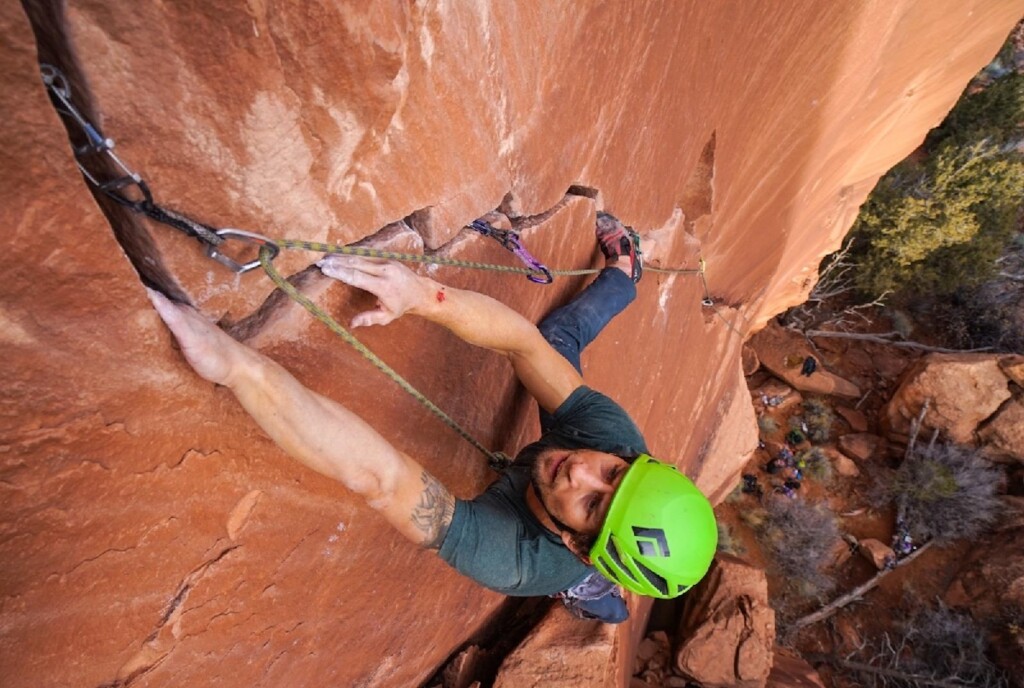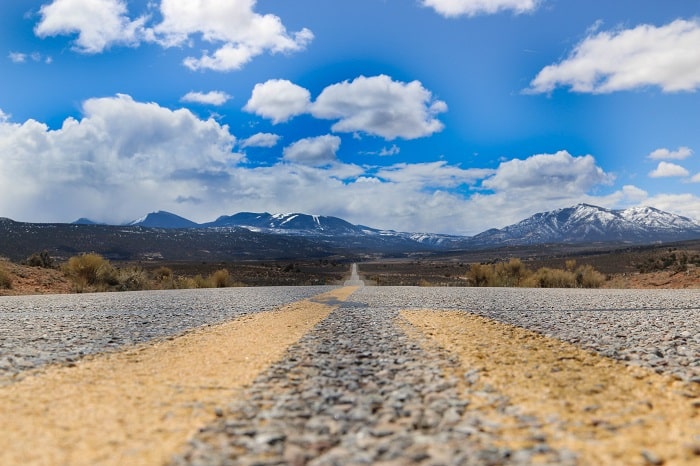
Moab’s Tourists
Moab, UT—Back in February, Moab’s City Council imposed a moratorium on new construction of overnight rentals. Despite room rates fetching upwards of $300 per night, the town that is home to Canyonlands and Arches National Parks wants to attempt to put the brakes on the growth they have experienced hosting nearly 3 million tourists in the town of around 5,500 residents.
With cars lined up for two miles to get into Arches National Park, most residents agree there are too many tourists. Utah’s Office of Tourism has responded by working to redirect visitors to other parks, but it’s proving difficult. Moab is just too awesome.
In September, City officials voted to extend the building moratorium indefinitely. In addition, they made short-term nightly rentals like Airbnb’s illegal. Furthermore, they decided to not use the $250,000 of Transient Room Tax (TRT) that their hotels have generated, which would normally go into more advertising. Now there is a backlash against the anti-building measures.
Moab Loves Bacon
Randy Day is a real estate agent and long-time resident of Moab. He built his own home in Moab when he was in his early twenties. He says he was able to realize social mobility due to the absence of government regulation. Day has been a developer and home builder, and he says that the City Council has made it “completely impossible to build any affordable housing due to their restrictions.” He adds that under current law, there is no path to build any affordable housing in Moab and make a profit. The current median home now sells for $500,000.
Day says that the current drainage restrictions will not allow for higher density housing, despite the Council saying they “want more affordable housing.” Compounding the problem for apartment developers and landlords, the town is considering deed restrictions for the amount of rent increases owners can charge and resale price increases. Day believes government intervention is not the solution but the problem.
Day offers an analogy for affordable housing: “They all love bacon (affordable housing). They say, ‘yes, we want more bacon!’ But none of them wants to raise a pig.”
Raising the pig would mean allowing for zoning changes. Day says current home construction prices are approaching $200 per square foot. The simple solution to this problem would be to either allow for prefabricated homes, which can be bought at $78 per square foot, or more trailer park zoning, or even a tiny house community. This would accommodate a path for support staff that service hotels, restaurants and touring companies to become owners rather than renters. Day adds that there is plenty of BLM land west of town that could be opened up.
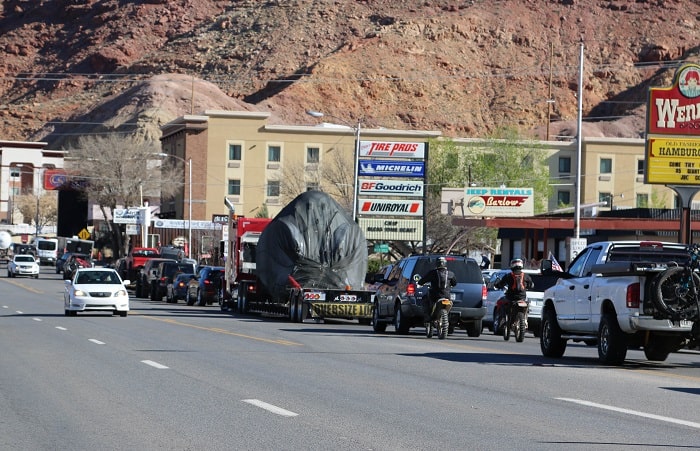
Instead, Day says City Leaders want to impose a new type of tax on hotels (up to $1 million for a single project) that would impose an affordable housing fee if the hotel does not accommodate support staff housing. The impact, Day says, will greatly increase the nightly price of the hotels, and do nothing towards creating actual affordable housing.
Moab looks to Colorado
Moab’s liberal approach is taken from the playbooks of Aspen, Vail and Telluride. These Colorado resort towns realized an enormous boom in popularity and a massive increase in real estate values in the past twenty years.
To protect the real estate values of the rich, these Colorado resort towns adopted deed restrictions, heavy provisions on developers, and building regulations. Additional taxes and unwillingness to waiver on zoning laws will certainly ensure that everyone who lives in Moab will only see increases in their real estate values, but it will also ensure that there will be very little upward mobility. Moab’s “solutions” will demonstrate a clear distinction between the “haves,” who are existing homeowners, and the “have nots,” who are renters and tourism support staff, who will end up with very little chance of ever becoming homeowners.
Moab’s current mayor, Emily Niehaus, came from Community Rebuilds, a program that allowed potential homeowners to build sweat equity by building their own home and helping others do the same. Moab’s local community is one of the strongest in Utah, with nearly every popular restaurant and outfitter being owner-operated. Today, hotels and outfitting companies have gained the attention of corporate investors. The slow transition from local and homegrown to corporate and publicly traded, will ensure that Moab loses much of its local charm as Colorado’s ski towns have. If real estate prices continue to increase beyond $500K, more homes will sell to second homeowners and investors, and more locals will move out.
Welcome to Moab
This magazine has spent years writing about Moab. I have personally spent a great deal of time in Moab exploring its amazing trails and the Colorado River. We nearly bought a home there last Spring. But if Moab turns into a place like Vail, Colorado—certainly beautiful, but with very little local character or charm because of the clear and visible gap between the super rich and the support staff—that would be a sad development indeed.
The American Dream is limited government in support of social mobility and a strong middle class, not agents out to preserve and protect property values.


